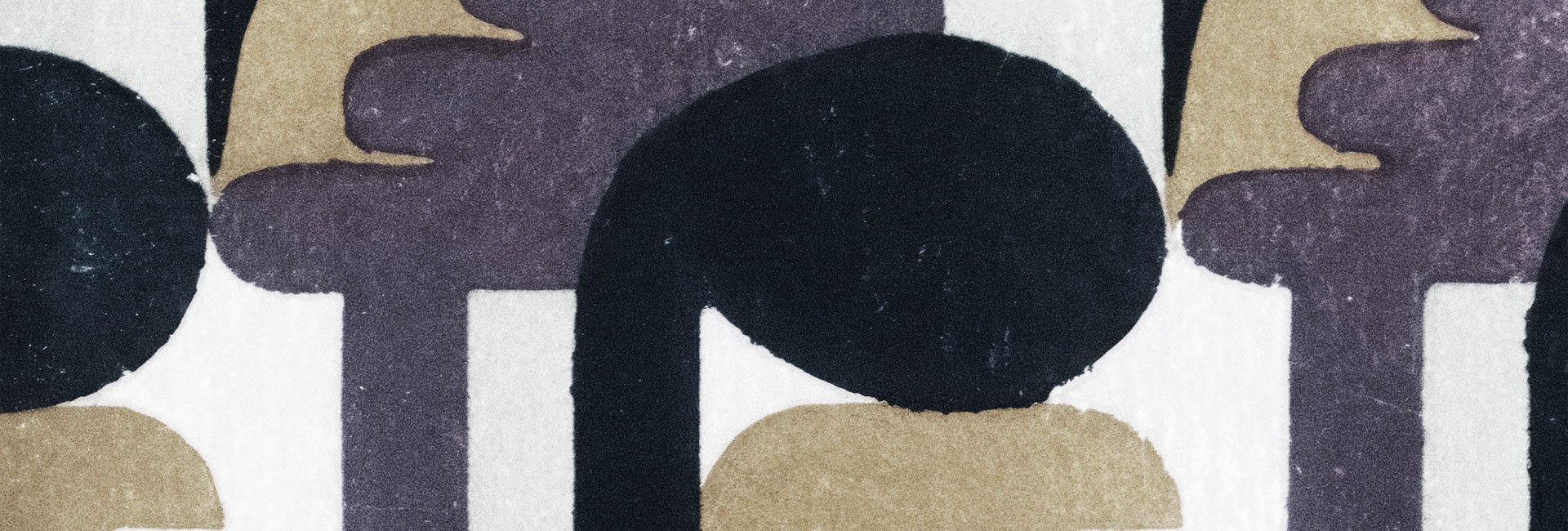
Used under a Creative Commons Licence
Coming Soon on DesignWise Legal
We’re creating a library of DIY legal templates for surface designers and pattern library owners. The first two will be:
- Pattern Library Terms – to use when licensing your designs through a pattern library, covering usage rights, royalties, and restrictions.
- Surface Design Terms – to use directly with clients, setting out ownership, copyright, licensing, and payment conditions.
These templates are being drafted by lawyers who work with designers every day, so they’re practical, plain-English, and tailored to the creative industries.
Stay tuned: Templates will be available soon, right here on DesignWise Legal powered by Sharon Givoni Consulting.
Protecting Your Patterns from Copycats
Surface designers know the thrill of seeing a pattern come to life — whether it’s a delicate floral across a summer dress, bold graphics on a tee, or a colourful repeat destined for swimwear.
But what happens when someone else takes your work — or something that looks just a little too much like it — and sells it as their own? That’s where copyright law steps in. And as a few big-name Australian cases show, the line between inspiration and infringement can be thinner than a silk scarf.
Copyright and Prints: The Legal Basics
In Australia, garments themselves (the cut, style or silhouette) usually aren’t protected by copyright once they’re mass-produced. That falls under design law.
But the good news for surface designers is this: your prints and patterns are treated as “artistic works” under section 31(b) of the Copyright Act 1968 (Cth). That means:
- Copyright protection is automatic — no registration required.
- It gives you the exclusive right to reproduce, publish and license your designs.
- It lasts for your lifetime plus 70 years.
So if someone copies your fabric design or t-shirt graphic, you may have a claim — provided you can show it was your original expression, not just a common idea.
Case Study 1: Elwood v Cotton On – Same, Same… Too Similar
Streetwear brand Elwood took Cotton On to court, claiming its famous “New Deal” and “Vintage Sport” t-shirt designs had been copied.
On the surface, Cotton On’s tees were not identical: the numbers were different, the fonts were different, even the animal graphics weren’t the same. But the overall arrangement and style were strikingly close.
The Full Federal Court looked at:
- The arching of text across the chest.
- The placement of numbers and logos.
- The “look and feel” of the designs.
Even with differences in detail, Cotton On had reproduced the structure and layout of Elwood’s designs to such an extent that it was held to infringe copyright.
Lesson for surface designers: It’s not just exact copying that matters. If someone borrows the arrangement, style, and overall impression of your work, it can still cross the legal line.
Case Study 2: Seafolly v City Beach – The “Knock-Off” Bikini
This case hit headlines in 2014 when iconic swimwear brand Seafolly sued City Beach for copying its floral textile prints.
The evidence against City Beach was damning:
- Designers had been given photographs of Seafolly prints as “references.”
- Internal emails referred to a bikini as a “Seafolly knock-off.”
- The resulting City Beach swimwear prints were visually very close to Seafolly’s originals.
- The Federal Court ruled in Seafolly’s favour, awarding over $250,000 in damages and ordering City Beach to hand over remaining stock. The judge described the behaviour as “tantamount to an instruction to copy.”
- Lesson for surface designers: Intent matters. Courts will look at what happens behind the scenes. If emails, briefs or instructions suggest copying, the case for infringement becomes overwhelming.
Case Study 3: Ladakh v Quick Fashion – Similar But Not Proven
Not every case succeeds. Ladakh, another fashion label, designed a butterfly print. Later, it discovered Quick Fashion selling dresses with an almost identical butterfly fabric.
The prints looked remarkably similar, but here’s the catch: Ladakh couldn’t prove copying. Quick Fashion claimed it had simply used fabric sourced from an overseas manufacturer. Without a “smoking gun” — like emails, briefs, or evidence of direct copying — the court held there wasn’t enough to establish infringement.
Lesson for surface designers: Similarity alone isn’t always enough. You need evidence of copying. Keeping dated sketches, drafts and digital files can help prove originality if you ever need to enforce your rights.
Common Myths About Copyright in Prints
- “If I change 10%, it’s fine.” False. There’s no magic percentage. What matters is whether you’ve taken a substantial and distinctive part of the original design.
- “Ideas are protected.” Wrong. The idea of a butterfly print isn’t protected. Your specific drawing of butterflies is.
- “If I buy fabric overseas, I’m safe.” Not always. Thanks to the Berne Convention and TRIPS Agreement, overseas designs are protected here, and your designs are protected overseas. If you import copied fabric, you could still be liable.
- “Copyright is optional.” No. Copyright is automatic. But using the © symbol with your name and year is smart, as it signals ownership.
What This Means for Surface Designers and Pattern Libraries
These cases highlight the risks and opportunities for surface designers and anyone managing a pattern library:
- Your work is valuable. Treat every print or pattern as intellectual property, not just decoration.
- Keep clean records. Dated sketches, drafts, and Photoshop files are powerful evidence.
- Vet your clients. If you license designs, use agreements that clearly state how they can and can’t be used.
- Educate your collaborators. If manufacturers or clients cut corners, the liability can come back to you.
- Be proactive. Act quickly if you spot a copycat. Delays can weaken your case.
Remember, Coming Soon: Templates for Surface Designers
At DesignWise Legal powered by Sharon Givoni Consulting, we know surface designers and pattern libraries need practical tools – that is why we’re preparing a collection of DIY legal templates tailored to your needs, including:
- Licensing agreements for pattern libraries.
- Copyright assignment deeds for commissioned work.
- Collaboration agreements for co-created designs.
These templates are coming soon. Stay tuned — we’ll be uploading them here so you can access affordable, lawyer-drafted documents to protect your creativity.
In the meantime, if you need tailored legal advice, head over to Sharon Givoni Consulting.
Please note the above article is general in nature and does not constitute legal advice.
Please email us info@iplegal.com.au if you need legal advice about your brand or another legal matter in this area generally.

